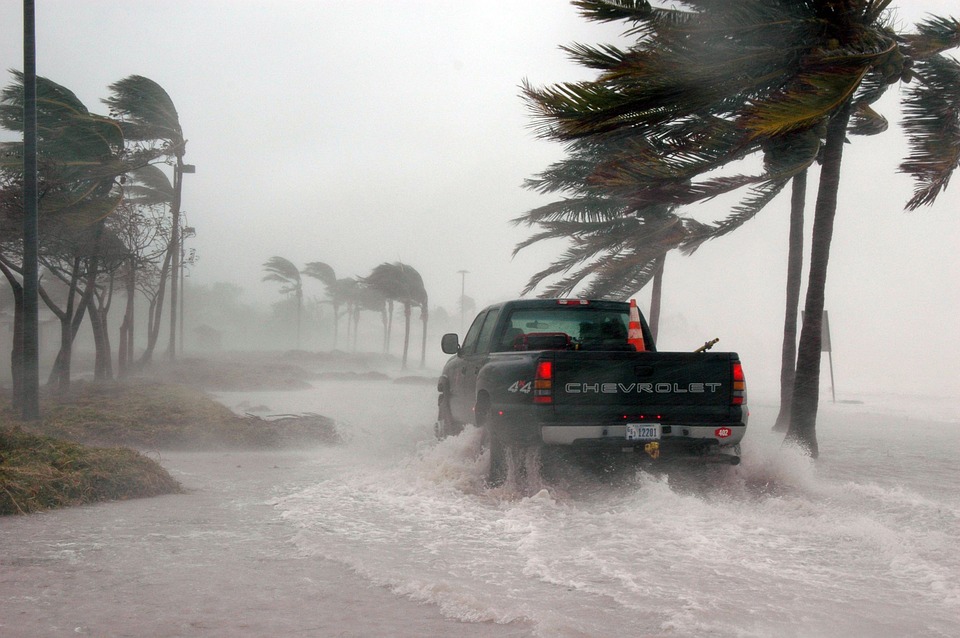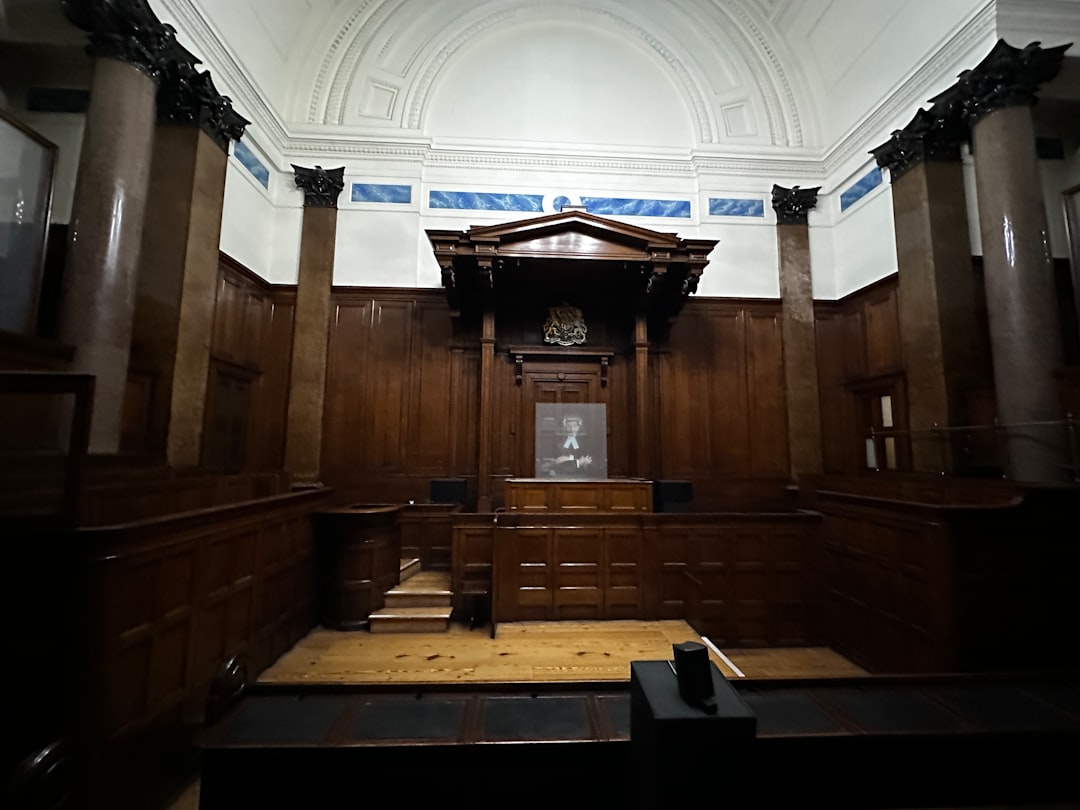Storm water runoff often drains into lakes, rivers, and streams leading to heavy sedimentation and erosion. This sediment carries with it pollutants and nutrients that not only affect the quality of water but its aquatic life as well. Even worse, stormwater treatment costs are quite high. To curb this, proper erosion and sedimentation control must be carried out on construction sites to reduce the likelihood of soil disturbance on nearby water sources.
There are many ways of controlling erosion and sedimentation including land management techniques, man-made structures, and natural processes among others. In this guide, let’s zero in on the natural methods. We have rounded up the common and effective ones down below.
Grass
If you are looking for a temporary yet effective solution for your sedimentation problem, look no further than the good old grass. It works well because it covers the ground adequately and grows quickly.
Mulching
Like grass, mulching is also a temporary and effective method for controlling erosion and sedimentation. In simple terms, mulching is a soil stabilization mechanism where materials such as grass, wood chips, straw, hay, gravel, or wood fibers and placed on the soil surface. Apart from stabilizing soil, mulching also reduces the speed of storm water runoff substantially.
Seeding
As the name suggests, seeding is the growth of vegetation over land that may be at risk for soil erosion. The vegetative cover acts as a soil stabilization agent reducing sedimentation and soil erosion. There are two ways of doing this- temporary seeding and permanent seeding. Here’s a brief explanation of each one:
• Temporary seeding: This is the growth of vegetative cover over a short period of time. The goal is to stabilize disturbed land areas for a certain duration or where it is inappropriate or unnecessary to have permanent vegetation. As a result, fast-growing grasses that have root systems are usually used. This is because when soil attaches on the root systems, they are less likely to be carried off by wind or storm water.
• Permanent seeding: This involves the growth of permanent vegetation to protect bare soil from the negative impact of flowing water, raindrops, and wind. Soil erosion is achieved this through the bonding of the vegetation’s dense root system and the soil particles which reduce volume and velocity of overland flow. Some of the vegetation used include vines, shrubs, and trees
Final Thoughts
Natural methods of erosion and sedimentation control are inexpensive and easy to avoid the negative impacts of stomwater, including paying high stormwater treatment costs. If man-made structures and land management techniques aren’t within your reach, don’t be afraid to use these effective natural strategies instead.








